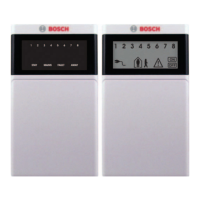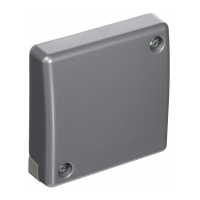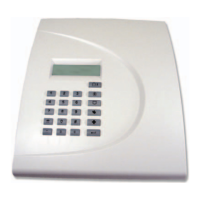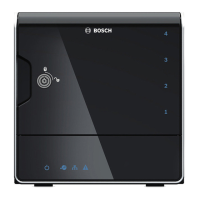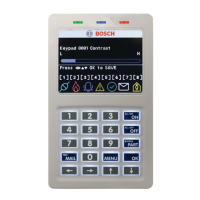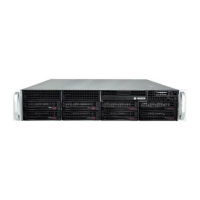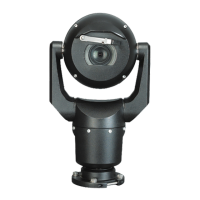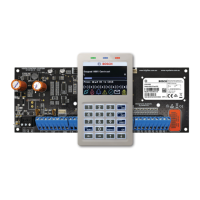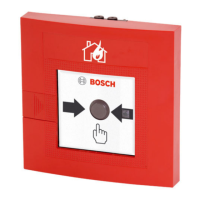Filter Parameters
Element Default Range Description
Name of the corresponding filter band.
A click with the right mouse button on this field opens the ”Copy &
Paste” menu, which allows conve- nient copying all EQ-parameters of
the according filter to any other EQ within the same project.
PEQ PEQ.
Loshelv.
Hishelv,
Hipass,
Lopass
TYPE defines the filter type.
– PEQ is a parametric Peak-Dip-Filter with programmable frequency,
Q and gain.
– Loshelv / Hishelv creates a low shelving respectively high shelving
equalizer with the following edit- able parameters: frequency, slope
and gain.
– Lopass / Hipass creates low pass respectively high pass filters with
adjustable frequency and slope.
6dB/Oct 6dB/Oct,
12dB/Oct
SLOPE sets the steepness or filter-order of low or high shelving
equalizers and low or high pass filters. Setting different slopes within
the transmission range is possible. That, in conjunction with the Q-
parameter, offers the possibility for a hi-pass filter to be programmed
for B6-alignment, which describes a drastic rise in the cut-off frequency
range.
63 / 200 /
632 /
20 Hz...20 FREQ (frequency) sets the center frequency of a parametric EQ or the
cut-off frequency of shelving
2000 / 6324
Hz
kHz and Hi / Lo pass filters.
0.4 0.4...20.0 Q defines the quality or bandwidth of a parametric EQ. A high Q-value
results in a narrowband filter,
(PEQ), while a small Q-value results in a broadband filter. The Q-value also sets
the quality and thus the res-
0.4...2.0
(Hi-/
response of Hi, Lo and All pass filters with slopes of 12dB/oct.
Lopass)
0 dB -12...+12
dB
GAIN defines the amplification (increase) or attenuation (reduction) of
parametric EQs or low shelving and high shelving equalizers.
BYPASS switches the corresponding filter ON (not engaged) or OFF
(engaged), which allows for quick A / B-evaluation of the actual effect
that a filter has on the sound.
Filter Editing via ”Mouse Movement” in the Graphics Display
A white dot in the frequency response display represents an active filter (BYPASS not engaged). Clicking with the left
mouse button on this dot and keeping the mouse button pressed down allows changing the selected filter’s frequency
by moving the mouse to the left or to the right as well as its amplification (depending on the selected filter type) by
IRIS-Net
DIGITAL SOUND PROCESSOR | en 562
Bosch Security Systems B.V. User Manual 2017.05 | 3.20 | F.01U.119.956

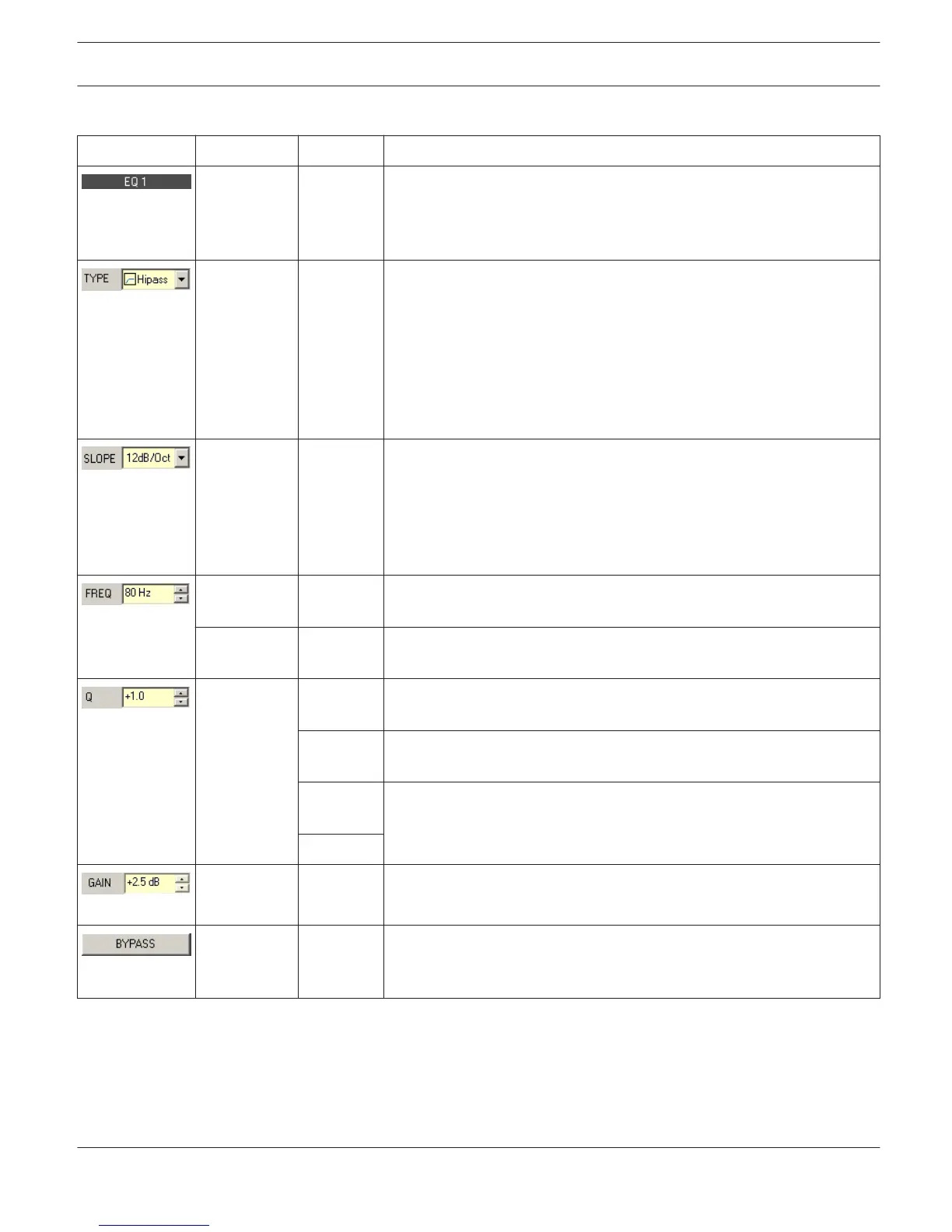